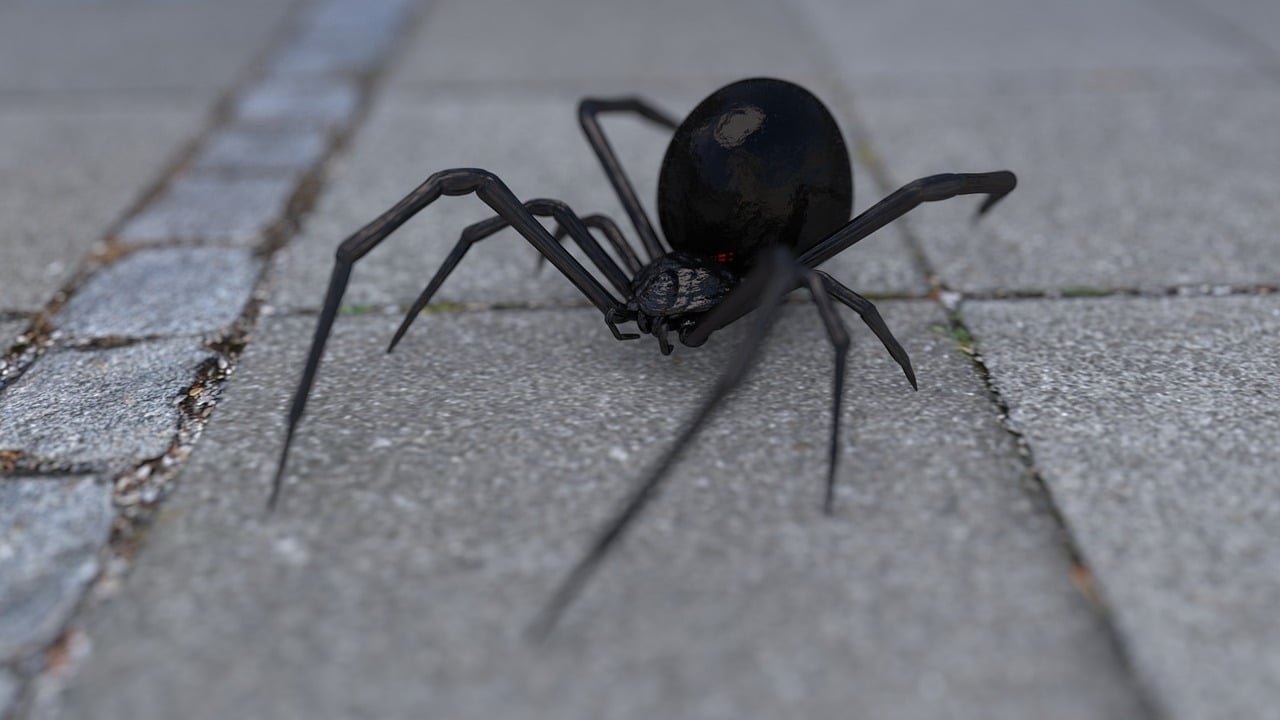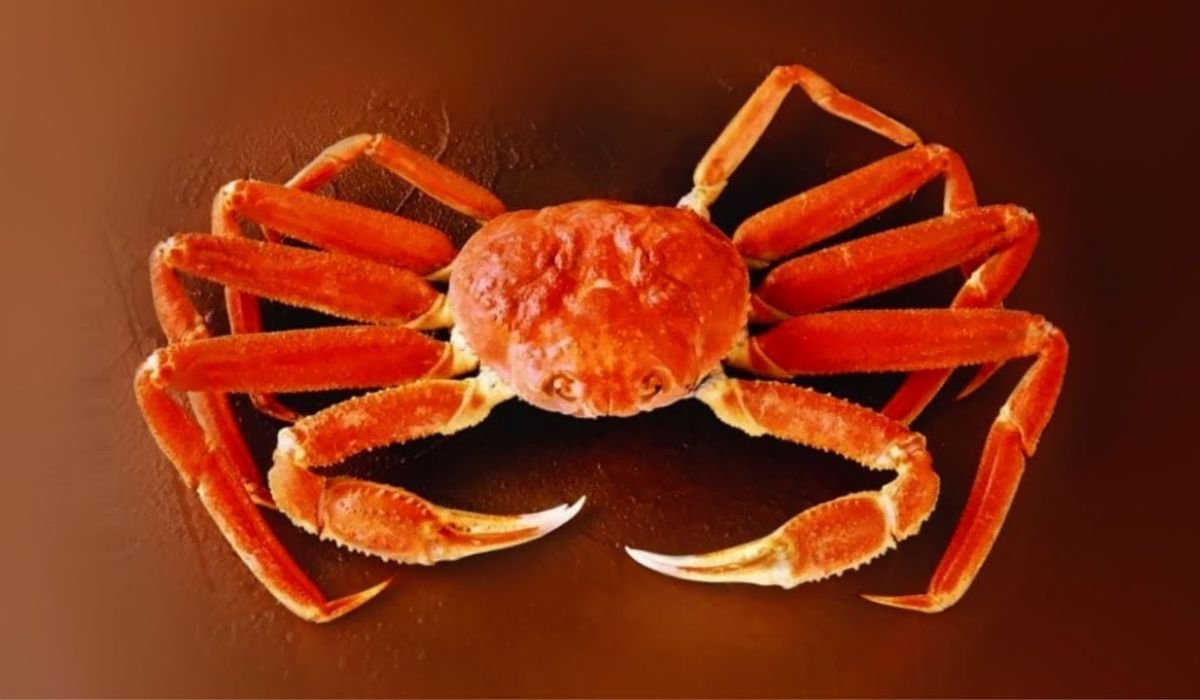Introduction
It might be an unexpected experience to come upon a black widow spider, which raises the question: Should I kill a black widow spider? These spiders are an important part of our environment, but they may also be frightening, especially given their reputation and look. It’s important to comprehend their behavior, possible threats, and the ecological impact of such acts before determining whether or not to eradicate them. This essay examines these elements and provides advice on how to live in harmony with black widow spiders while maintaining the environment and your safety.
Brief Overview of Black Widow Spiders
Black widow spiders are infamous for their venomous bites and distinctive appearance. They are part of the Latrodectus genus and are easily recognized by their glossy black bodies and the red hourglass shape on the underside of their abdomens. Despite their fearsome reputation, these spiders play an important role in controlling insect populations and contributing to the ecological balance.
The Dilemma: To Kill or Not to Kill?
Deciding whether to kill a black widow spider can be challenging. On one hand, their venomous bites can pose a threat to humans, particularly if someone is allergic or if the bite goes untreated. On the other hand, black widow spiders contribute to pest control and are an integral part of the food chain. The dilemma often comes down to balancing personal safety with ecological responsibility.
Thesis Statement
While black widow spiders can be intimidating, they play a vital role in the ecosystem and often pose little threat to humans. Understanding their behavior and impact can help you make a more informed decision about how to handle encounters with these spiders.
Understanding Black Widow Spiders
Physical Characteristics and Behavior
Distinctive Markings
Black widow spiders are most recognizable by their shiny black bodies and the red hourglass shape on their abdomens. This marking is a warning to potential predators about the spider’s venomous nature.
Habitat Preferences
These spiders prefer dark, undisturbed areas like basements, sheds, and piles of debris. They build irregular, tangled webs in these secluded spots, which helps them catch their prey.
Hunting and Feeding Habits
Black widows are nocturnal hunters. They use their webs to trap insects such as mosquitoes, flies, and beetles. Once an insect is caught, the spider injects venom to immobilize and digest it.
Venom and Its Effects
Toxicity Level
The venom of a black widow spider contains neurotoxins that can affect the nervous system. While their bites are rarely fatal, they can cause severe pain and discomfort.
Symptoms of a Black Widow Bite
Symptoms of a black widow bite include sharp pain at the bite site, muscle cramps, nausea, and sweating. In severe cases, the bite can lead to more serious health issues, especially if left untreated.
When to Seek Medical Attention
If bitten by a black widow spider, seek medical attention immediately. Antivenom is available for severe cases, and prompt treatment can prevent complications.
The Role of Black Widow Spiders in the Ecosystem
Pest Control
Prey on Insects, Including Mosquitoes and Flies
Black widow spiders play a crucial role in controlling insect populations. By preying on pests like mosquitoes and flies, they help maintain a balance in the ecosystem.
Benefits of Reducing Pest Populations
By keeping insect populations in check, black widow spiders help reduce the spread of diseases carried by pests, such as malaria and dengue fever.
Food Source
Prey for Birds, Reptiles, and Other Animals
Black widow spiders are also an important food source for various animals, including birds and reptiles. Their presence supports the food chain and contributes to biodiversity.
Importance in the Food Chain
Their role as prey helps sustain the diets of many other species, highlighting their significance in maintaining ecological balance.
The Risks of Killing Black Widow Spiders
Ecological Consequences
Disrupting the Balance of the Ecosystem
Killing black widow spiders can disrupt the local ecosystem by removing a key predator and potentially causing an increase in insect populations.
Potential Increase in Pest Populations
Without black widow spiders to control pests, you may see a rise in unwanted insects, which could lead to new issues.
Safety Concerns
Accidental Encounters and Bites
Efforts to kill black widow spiders may increase the risk of accidental bites, especially if the spiders feel threatened and become more defensive.
The Importance of Proper Handling
If you choose to remove a black widow spider, it’s essential to do so carefully to avoid injury. Using proper techniques can minimize the risk of bites and ensure a safer outcome.
How to Safely Coexist with Black Widow Spiders
Prevention Tips
Creating a Less Hospitable Environment
Make your home less attractive to black widow spiders by eliminating clutter and removing potential hiding spots. Keeping your environment clean and organized can discourage spiders from settling in.
Sealing Cracks and Crevices
Seal any cracks or crevices in your home to prevent spiders from entering. This can help reduce the likelihood of encountering black widow spiders indoors.
Regular Cleaning
Regularly clean areas where black widow spiders may hide, such as basements, attics, and garages. This reduces the chances of spider infestations.
Handling Encounters
Avoiding Direct Contact
If you come across a black widow spider, avoid direct contact. Use a broom or dustpan to gently move the spider without getting too close.
Using a Broom or Dustpan
For removing spiders, use a broom or dustpan to safely capture and relocate the spider. This method helps avoid direct contact and minimizes the risk of bites.
Relocating Spiders to a Safe Outdoor Area
If you need to remove a spider, relocate it to a safe outdoor area away from your home. This allows the spider to continue its ecological role without posing a threat to you.
Conclusion
Killing a black widow spider is a serious choice that should not be made quickly. These spiders are important to the ecology and pest management, despite the fact that they may be frightening and perhaps harmful to humans. Making an educated decision can be aided by being aware of their actions and the possible repercussions of having them removed. You may cohabit with black widow spiders while preserving a healthy and balanced environment by taking preventative steps and managing interactions with caution.
FAQs
- What should I do if I find a black widow spider in my home?
If you find a black widow spider, avoid direct contact. Use a broom or dustpan to relocate the spider outside, or consult a pest control professional if needed. - Are black widow spiders dangerous to humans?
Black widow spiders can be dangerous due to their venom, which can cause severe pain and symptoms. However, bites are rarely fatal and can be treated with prompt medical care. - How can I prevent black widow spiders from entering my home?
Seal cracks and crevices, reduce clutter, and keep your home clean to make it less attractive to black widow spiders. - What are the symptoms of a black widow spider bite?
Symptoms include sharp pain at the bite site, muscle cramps, nausea, and sweating. Seek medical attention if you experience these symptoms. - Why is it important to consider the ecological impact of killing black widow spiders?
Removing black widow spiders can disrupt the ecosystem, increase pest populations, and affect the food chain. It’s important to balance safety with ecological responsibility.











